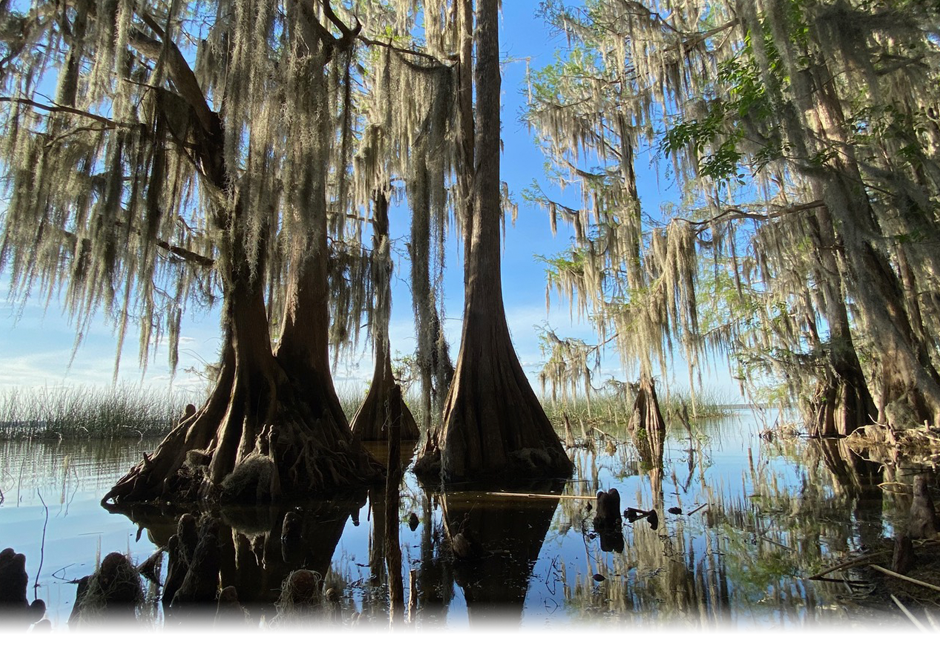Original text is in Japanese
Dr. Ito Keitaro has worked extensively on designing nature restoration for national facilities, rivers, city parks, elementary school grounds, and many others. He is practicing and researching about conservation of the natural environment, such as forests, and drawing environmental designs in line with the providence of nature in city and regions.
"I have visited the University of Florida (UF) for workshops and conferences. The rich natural environment around the university fascinated me.” Dr. Ito’s friend, who is also a Fulbrighter at the UF, invited him for joint research projects, and that motivated him to apply for the Fulbright Program. “The Fulbright Program not only encourages grantees to research but also to engage in cultural exchanges with the people of the partner country, so I have also wanted to see the origins of blues music as well as ethnic music of the world. Especially, I love southern blues.”
Due to the coronavirus pandemic, Dr. Ito was unable to give lectures and trainings planned for the UF students. Another project, designing a school garden and holding workshops for a K-12 school in Gainesville, had to be postponed. Meetings with colleagues were held outside since they could not enter the office and classrooms.
In spite of the various restrictions that they face every day, Dr. Ito and his colleagues chose the option to do what’s possible outside. They pulled out chairs and had meetings 3-4 times a week outside. Their discussion covered diverse topics and continued for hours, all experiencing the changes of the day’s weather. "Interactions with friends and experts in other academic fields are also really interesting and very much stimulating. This is a valuable opportunity for me to reconsider the framework of my current and future research. I have never more felt the importance of spending time with colleagues to talk about many things deeply in a relaxed way.”
As another outdoor activity, Dr. Ito got a bicycle and went to downtown, the urban forest, and parks with his colleagues to investigate the green infrastructure that prevents flood and conserves biodiversity. “My life has been extremely busy for the past 10 years, so I have never imagined that I would be able to observe the city and nature this much in detail. Even a dangerous creature, wild alligator, exists. Here, in Florida, everyone calls them ‘Gator.’ Somewhat scary but interestingly they are treated as more so like a friend. Gator is a mascot for the UF and I am intending to write an article about this harmonious coexistence in the near future.”
Regardless of the unexpected situation and restrictions, strong connections with colleagues were established and the scenery before him opened up. Stimulation from colleagues and the rich natural environment supports his research all the more. This spring, he was able to publish a book from Springer, Urban Biodiversity and Ecological Design for Sustainable Cities. "I am always thinking about the ecosystem and working on landscape design where people and nature can coexist. Nature should not be left unattended or overly attended. I have spent a year that I have never experienced before; living in unprecedented times is extraordinary but every day was also extraordinary. Under the difficult situation, I appreciate Fulbright Japan, IIE, UF, Kyushu Institute of Technology, and my friends for their support.” Dr. Ito is steadily moving forward to achieve his goals, as if naturally composing in unison with the melody.










